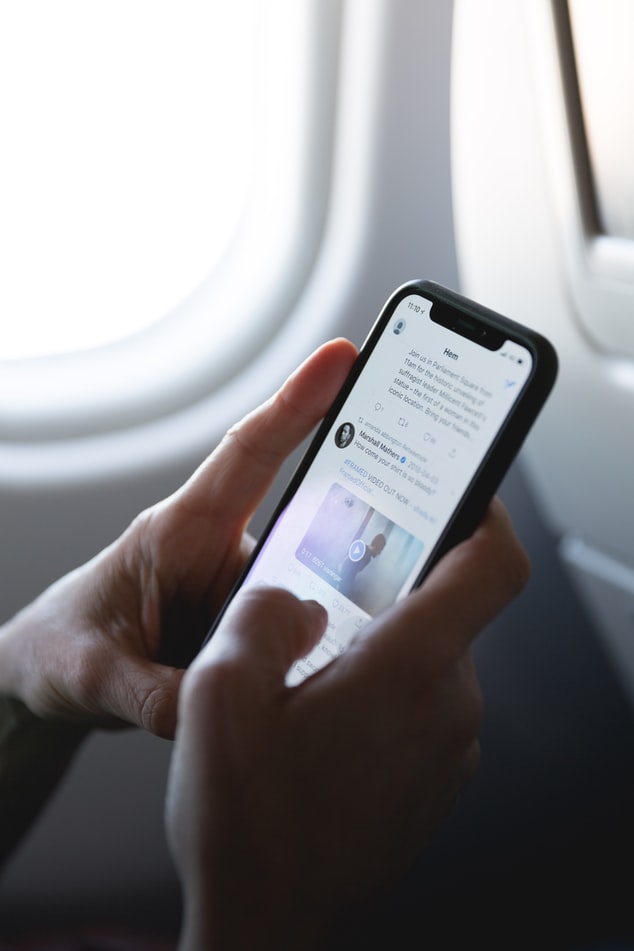The Spotted at Laurier Twitter page is NOT a factual source: How social media is spreading false information on COVID-19

If you’re a student at Wilfrid Laurier University, you are likely to be aware of the unofficial student Twitter page Spotted at Laurier (@SpottedLaurier), where students send in content to be anonymously tweeted. This account is well-known for its shoutouts to cuties on campus, ranting or raving about student life and asking for advice about university life.
However, with the campus closed and classes being delivered online, Spotted at Laurier has become an anonymous hub to share complaints, anxieties, frustrations and unanswerable questions, or questions that have been asked and answered numerous times already.
At the beginning of the summer, I decided to unfollow the Spotted at Laurier Twitter page because this behaviour started causing me a lot of unnecessary stress and anxiety. When classes went online in the Winter term, students were complaining more than ever and making assumptions about the upcoming school year.
Several tweets were targeted at student tuition expenses for on-campus resources, such as the Laurier Athletics & Recreation Fee for the Athletic Complex, arguing that students shouldn’t have to pay for resources they cannot access. While this is a valid argument, the Athletic Complex issued a statement on July 17 that explained their fees and plan for future programming.
While it’s easy to say, “don’t believe everything you read online,” social media has played a huge role in the spread of misinformation and fake news during COVID-19.
Meanwhile, students took this as a sign that the Athletic Complex would not be opening for the Fall term and felt robbed of $88.65. However, according to their statement on Aug. 17, the Athletic Complex has a plan for a phased reopening and will open its doors starting Sept. 10. Even though this development is slightly last minute, there was no need for students to panic and draw their own conclusions about the Fall term.
Even though social media is a platform for broadcasting one’s opinions, @SpottedLaurier is not a factual or reliable source for information about Laurier, and its tweets about campus information need to be taken with a grain of salt.
While it’s easy to say, “don’t believe everything you read online,” social media has played a huge role in the spread of misinformation and fake news during COVID-19. Misinformation and fake news lead to an individual being ill-informed about current events, but, in the COVID-19 pandemic, this also puts an individual’s health at risk.
In late July, a video of a new group called America’s Frontline Doctors went viral for its claims about hydroxychloroquine being the cure to COVID-19, and that people do not need to wear masks. This video was shared over 10 million times on social media, and by the President of the United States, Donald Trump. The video has since been banned from social media sites like Facebook and Twitter.
While this is a very extreme, but real example in comparison to the meager @SpottedLaurier, social media consistently breathes oxygen to the fire of false information.
A recent study at McGill University found that Canadian social media users are more likely to believe false information compared to those who consume traditional media, such as news articles. Researchers studied 1 million social media accounts that posted information going against the COVID-19 information shared by the Canadian government.
They found that Twitter users in particular had more misconceptions about COVID-19, were less likely to view this virus as a threat, and were less likely to follow public health regulations. Therefore, researchers are saying that more media literacy, critical thinking and skepticism need to be taught.
However, this predicament doesn’t stop at the average social media user. Doctors and medical professionals now feel they have to help clear up misinformation related to COVID-19. Social media companies have been changing their Terms & Conditions and implementing pop-up warnings to help reduce false information on social media, but people say this is still not enough.
Social media is a powerful tool, and when used appropriately, it can be a great experience to connect individuals and communicate with each other. But when used inappropriately, social media has a negative influence on an individual or larger group.
For example, before these videos, some people believed that wearing a mask reduces your ability to breathe and inhale oxygen. This conspiracy was birthed from the political debate surrounding COVID-19 and mask-wearing and disregarded the medically tested facts. While this myth was debunked, there are still various COVID-19 conspiracies and false information running rampant around the internet.
To reiterate, social media is a powerful player in media consumption and can influence people on a mass scale. Even though Twitter pages like Spotted at Laurier are often harmless, their tweets can fuel the circulation of misinformation when someone doesn’t have all the right information and potentially cause anxiety for fellow peers.

